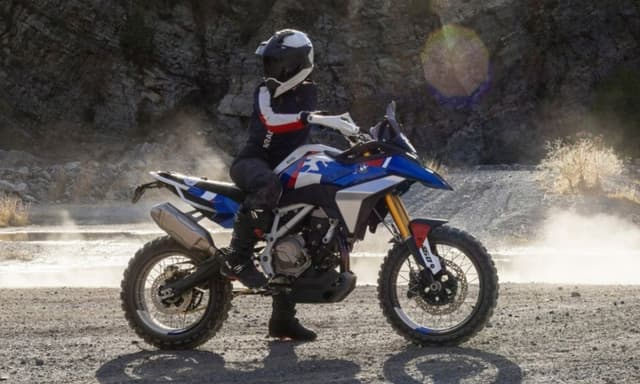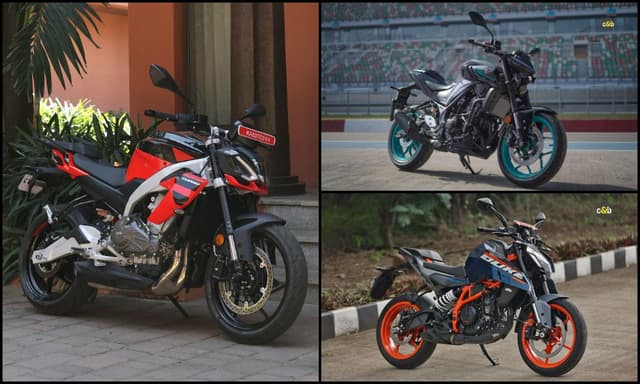Tips For Motorcycle Brake Maintenance

Highlights
Brakes are an essential component of every vehicle, including your cruiser. They're vital for assisting you with slowing down and halting your bicycle while you're out riding. However, poor or insufficient support can reduce brake performance and increase the risk of a crash. As a result, brakes should be at the top of your bike maintenance list, especially in the spring.
Many modern bicycles include circle brakes, which are less prone to overheating and require less adjustments. Twin plate brakes in the front and a single circle or drum brake in the back are common modern braking models.

Each brake will be supported by a caliper powered by up to six cylinders, and the brake pads will be clipped to the plate. Your brake is usually housed in the wheel and contains anti-lock brake system (ABS) technology to adjust to temperature variations as you ride.
Like brakes on automobiles, brakes on bicycles wear out and need to be changed. It's good to examine the brakes before each ride because the framework's fluids may be low, or the clutch may have garbage and wetness.

BRAKE FLUID
Brake fluid decreases wear on the structure's mechanical elements. However, fluid volume in the system diminishes over time, trapping moisture or flotsam and jetsam. Therefore, depending on how often you ride, it's advised that you drain the old brake fluid and replace it with a new stockpile every one to two years.
If you've never done it before, you may need to hire an expert to complete the work to avoid air bubbles in the braking fluid. Also, if the material spills outside the supply, it might eat through the paint or plastic on your bike, destroying it.
Don't start inspecting the brake fluid unless you suspect it must replenish. Rather, riders should check the fluid level and variety at least once a month.
It should be flushed out if the fluid is brown or black in hue rather than clear. Delaying fluid refill depletes brake oil, slowing performance.
There are two brake fluid reservoirs on cruisers, one near the handlebars and the other behind the seat. Both should be open while you monitor the fluid levels.

BRAKE PADS
The brake pads are responsible for the framework's performance. Traditional circle brakes use cylinders to transfer pressure from the calipers to the brake pads. As a result of this interaction, rubbing occurs, generating heat energy.
Nonetheless, this activity wears down the brake pads. When a brake cushion is insufficient, it might impair your mobility in three ways:
You won't be able to stop smoothly, increasing your chances of being involved in an accident. In addition, the brake fluid lines generate air, which can cause structural damage.
Brake pads that are too thin might cause damage to the rotors and circle, necessitating additional repairs. In addition, they may prevent your bicycle from coming to a complete stop, which would be the worst-case scenario.
Because of their importance, begin inspecting the brake pads regularly. First, examine the brake pads for wear and thickness; they should be roughly 1/8 inch thick. You'll need to replace them if they've worn out beyond this point. While riding, listen for crushing, squeaking, or screeching sounds from the wheel area.
Related Articles
Latest News
- Home
- News
- Two Wheelers
- Tips For Motorcycle Brake Maintenance














